Fairchild C-123B Provider
1/72 WWI aircraft scale plastic model kit
Roden 056
Manufacturer: Roden (Ukraine)
Scale: 1/72
Material: Plastic
Paint: Unpainted, Unassembled, Kit do not contain paints and glue.
Condition: New in Box
During World War II transport planes played a vital role in the delivery of freight and personnel directly to the field of combat. The majority of them, despite having cargo compartments of some volume, nevertheless couldn't deliver cargo efficiently because of the limitations of the side hatches through which equipment needed to be quickly loaded and unloaded. Just one single aircraft offered a solution, even able to transport light tanks, the German Messerschmitt Me323 Gigant. This giant had clamshell doors in its nose that considerably simplified the loading and unloading process at the airfield, however it was only built in small numbers. The Allies did not have anything comparable, however in the ranks of the British and American air forces were sizeable gliders with hinged noses or rear fuselages. During disembarkation of the armies in Normandy they appeared quite effective weapons, despite their practical limitations. One of the contractors supplying gliders to the U.S. Army was Chase Aircraft, headed by former Russian emigrant Michael Stroukoff.
In 1947, Chase offered the military a new development - an offensive glider, the CG-20. It was completely metal and its undercarriage retracted during flight and moved forward when landing, which had never featured in gliders previously. The design was very successful, and Michael Stroukoff decided that CG-20 should be remade as a motor-glider. After the installation of R-2800-CB-15 engines, the design was renamed the XC-123. The most notable aspect of the conceptual design was the hatch and ramp at the rear of the fuselage, which allowed rapid and problem-free loading of large cargoes into the fuselage. Testing was very successful, and soon Chase received a preliminary order for a series of planes. However the company was soon redeemed from its owners, and continuing in the aircraft industry wasn't viable for the new owners, and as a result the contract with Chase was cancelled. The story of the plane might have come to an end, however the Air Force saw the potential of the machine and therefore project documentation was transferred to the Fairchild firm which had supplied the military with light transport aircraft during the war.
In general, the construction of the XC-123 was so well executed that no major changes were required; although during testing, Fairchild engineers noted a small measure of instability. This problem was solved by increasing the area of the vertical tail and slightly changing its shape. Soon Fairchild received an order from the Air Force for 302 aircraft, designated the C-123B. The first production machine flew in September, 1954.
In the middle of 1955 the first aircraft entered service with the Air Force, receiving its official name of 'Provider'. Outside the Air Force, the Coast Guard became interested in the plane, and soon it received own version, the HC-123B. The Federal Aviation Administration, which controlled air transportation in remote regions of the country such as Alaska, also received the C-123, as the plane performed very well in extreme conditions.
The war in Vietnam was the setting for some of the most notorious pages in the history of the aircraft. As well as its primary task, the delivery of arms and soldiers, the C-123 was involved in the dispersal of Agent Orange defoliant over the jungle of Vietnam. Its deadly poison destroyed not only dense green vegetation, but as it transpired, people too. For this mission containers for toxic poison and external sprays were installed in ten C-123B's. This modification was designated the UC-123B. Others were less known, such as the C-123B planes with lighting systems in place of ramps and also the VIP planes used by military staff.
Another shady episode in the C-123B's biography was its operation by the airline 'Air America', which in fact belonged to the CIA and carried out secret missions in Southeast Asia. Quite often secret military affairs were closely intertwined with the transportation of drugs. This later became the basis for the well known Hollywood movie of the same name, and one of its main protagonists, apart from actors Mel Gibson and Robert Downey Jr, was the C-123B itself, taking full advantage of its appearance in many of the film's sequences.
Under the terms of co-operation agreements with friendly nations C-123B's were transferred to the Air Forces of Thailand, South Vietnam, Laos, Cambodia, South Korea, Taiwan, Venezuela and Saudi Arabia.
Performances
Span, m
33,53
Length, m
23,25
Height, m
10,39
Wing area, m²
113,7
Empty weight, kg
16042
Takeoff weight. kg
27215
Engine
2 x Pratt&Whitney R2800-99W
Power, hp
2300
Maximum speed, km/h
367
Range at max loading, km
1666
Service ceiling, m
6430
Crew
4
Useful downloads
60 soldiers in full gear or 11000kg
| General Product Info | |
| Material | NOT SET |
| Scale | 1/72 |
| Type | Cargo / Transport |
We have the lowest worldwide shipping. And it's totally simple.
EUROPE, USA, CANADA TURKEY, ISRAEL, EGYPT, UE CHINA, JAPAN, HK, S.KOREA | AU NZ MX South America, Asia | |
| Order weight up to 0.22kg or 0.48lb | US$ 8.90 | US$ 8.90 |
| Order weight up to 0.44kg or 0.97lb | US$ 13.95 | US$ 17.90 |
| Order weight over 0.44kg or 0.97lb | US$ 19.99 | US$ 29.99 |
| Order total over $150 | FREE | PROMO US$ 19.99 |
Shipping to some countries not qualifies for the free shipping option but costs not over $29.99 for any sized order. Sorry for that, your location is too far.
- Stock: 1
- Model: RN056
- Weight: 1.61lb
- DATE ADDED: 24/03/2014




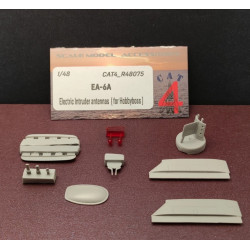

















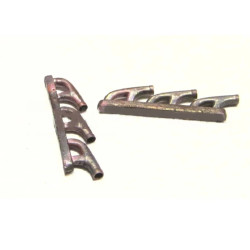










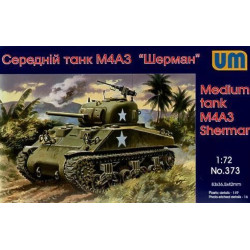









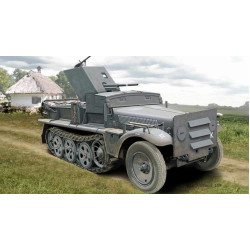





















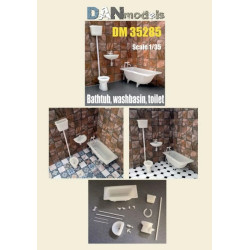










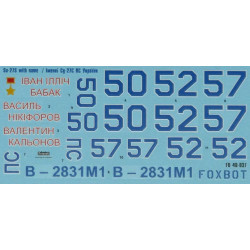







































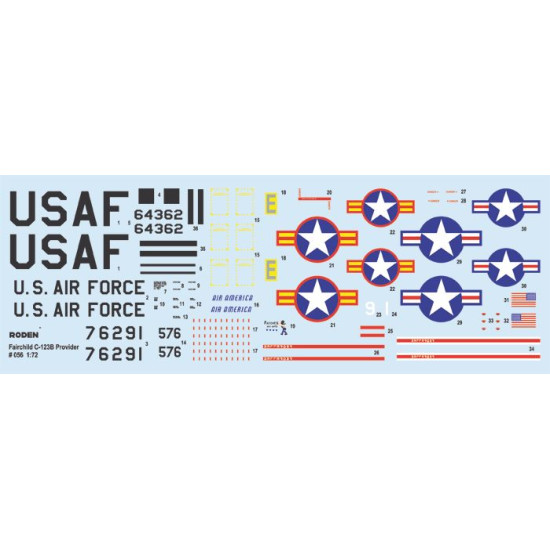
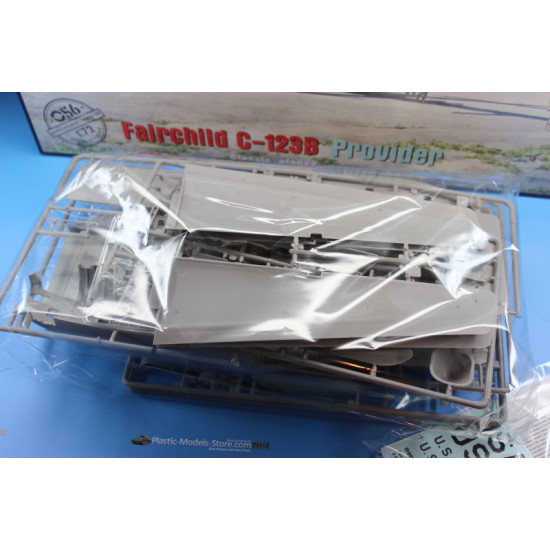






















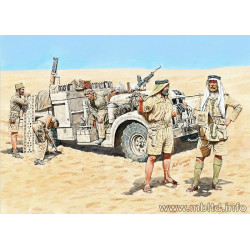














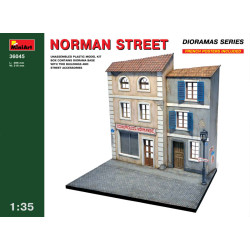




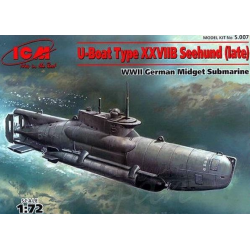








-250x250w.jpg)













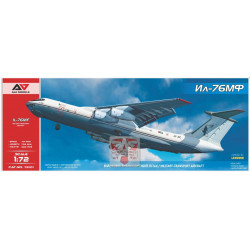







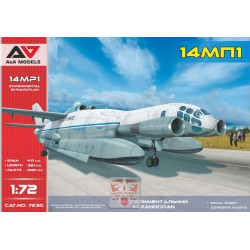






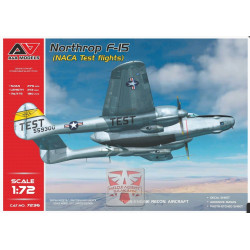







-250x250w.jpg)

-250x250h.jpg)

-250x250w.jpg)

-250x250w.jpg)

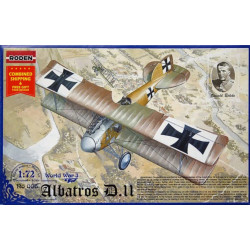





-250x250w.jpg)


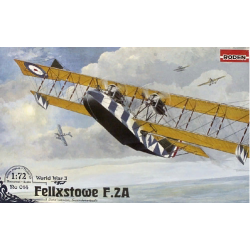


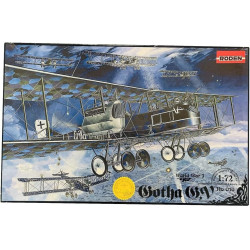
-250x250w.jpg)





-250x250w.jpg)

-250x250w.png)



-250x250w.jpg)